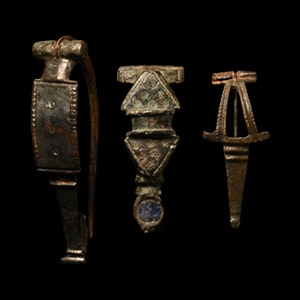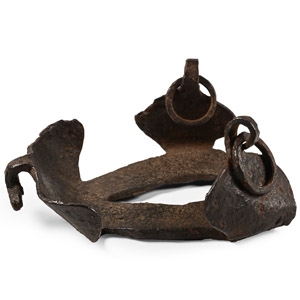Home > Auctions > 3 - 8 September 2024
Ancient Art, Antiquities, Natural History & Coins
Auction Highlights:
Ex Simmons Gallery, London, UK.
From a collection from North London, UK, 1990s.
See Bolla, M., Le misure dei Romani, Verona, 2017, pp.8-9, fig.12; Allason-Jones, L. & Miket, R., Catalogue of Small Finds from South Shields Roman Fort, Gloucester, 1984.
From an old UK collection, 1980s.
From a collection acquired on the UK art market from various auction houses and collections mostly before 2000.
From an important Cambridgeshire estate; thence by descent.
Cf. Rolland, H., Bronzes Antiques de Haute Provence, Paris, 1965, item 377, for type.
Found near Bainton, East Riding of Yorkshire, UK.
Acquired on the UK art market.
Property of a Ruislip, UK, gentleman, by inheritance.
Private collection formed since the 1940s.
UK art market.
Property of an Essex, UK, gentleman.
From a collection acquired on the UK art market from various auction houses and collections mostly before 2000.
From an important Cambridgeshire estate; thence by descent.
Cf. Rolland, H., Bronzes Antiques de Haute Provence, Paris, 1965, item 430.
From a collection acquired on the UK art market from various auction houses and collections mostly before 2000.
From an important Cambridgeshire estate; thence by descent.
Cf. Beutler, F. et al., Der Adler Roms. Carnuntum und der Armee der Cäsaren, Bad-Deutsch Altenberg, 2017, item 757, for type.
From a collection acquired on the UK art market from various auction houses and collections mostly before 2000.
From an important Cambridgeshire estate; thence by descent.
Cf. Hattatt, R., Ancient Brooches and Other Artefacts, Oxford, 1989, item 1644.
Property of the vendor's grandfather, thence by family descent, circa 1985.
From the private collection of a New York, USA gentleman.
From the important private collection of dice and gaming pieces of Colin Narbeth, London, UK, collection no.250.
See Beutler, F. et al., Der Adler Roms. Carnuntum und der Armee der Cäsaren, Bad-Deutsch Altenberg, 2017, item 724, for type.
The die appears to have two broader faces each with two lines of three points flanking a larger central point, perhaps suggesting that the score could be either 1 or 6 according to context.
From the collection of the famous author, writer and speaker, Gordon Bailey, Essex, UK; formed since 1968.
Cf. Junkelmann, M., Die Reiter Roms, Teil III: Zubehor, Reitweise Bewaffnung, Mainz, 1992, fig.100-102, for the type (type I of Junkelmann's classification).
Hipposandals (soleae ferreae) were used on horses with injured hooves, a sort of equine orthopaedic shoe used by the mulomedicus, i.e. a Roman military veterinarian. Another important function was that to protect the hooves of the horse from injuries and damages from hard objects. The hippo sandal of type 1 was formed from a sub-oval plate which tapered towards the front and rear with projections at the front, back and on either side. The heel was upturned at about 45 degrees and flared outwards. It would have terminated with a downward facing hook, now missing. The base of the sole was flat.
661 - 672 of 3369 LOTS

.jpg)

.jpg)
.jpg)
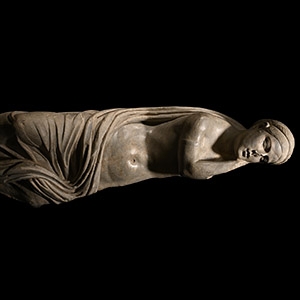
.jpg)
.jpg)

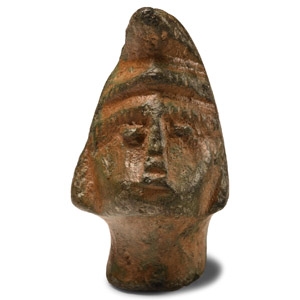

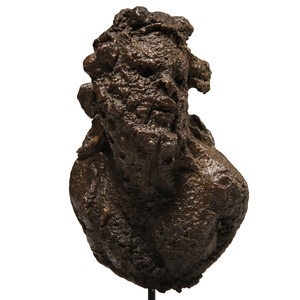
.jpg)
.jpg)

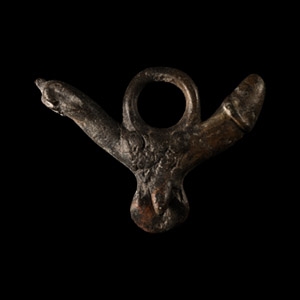
.jpg)
.jpg)
